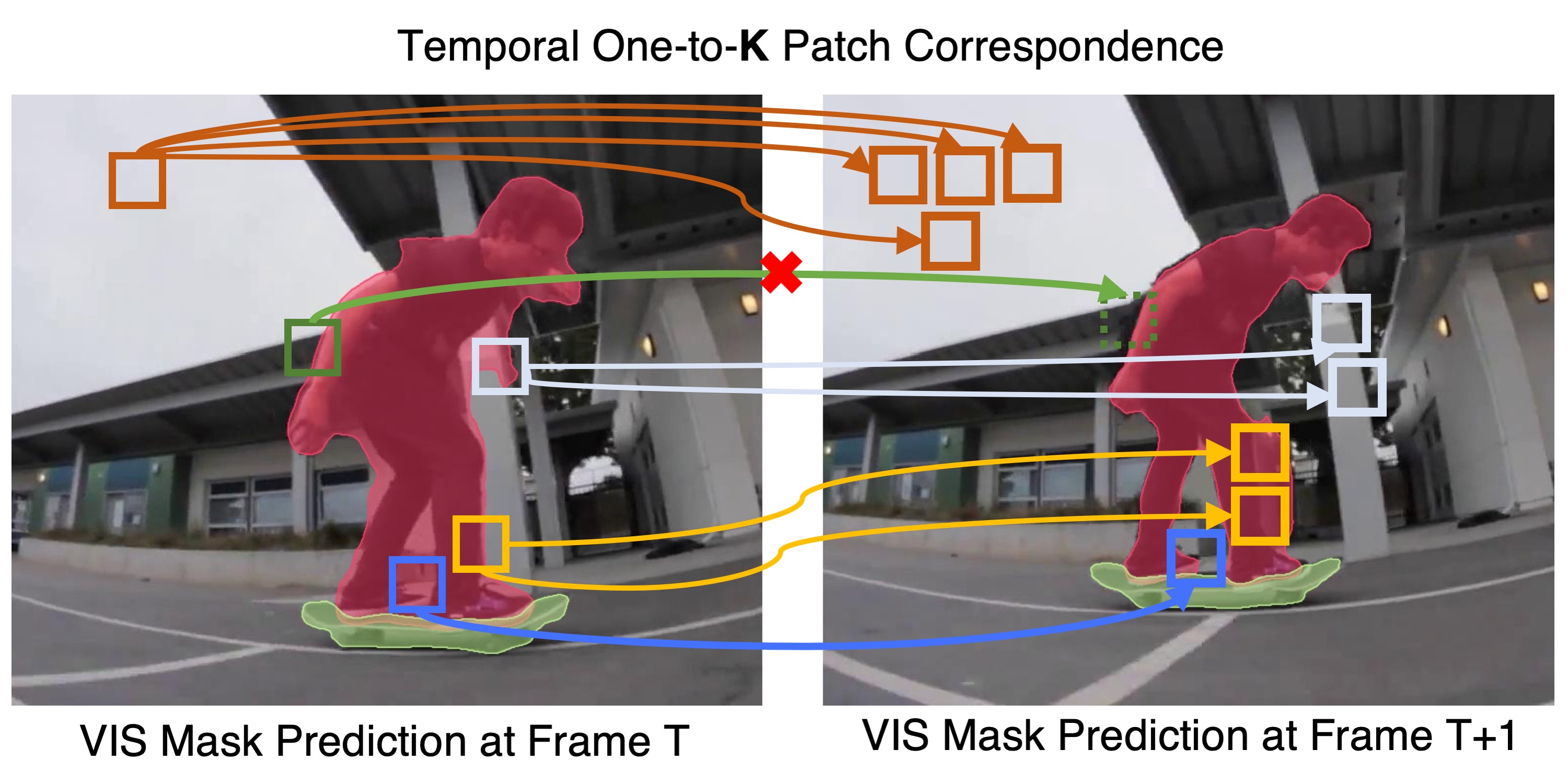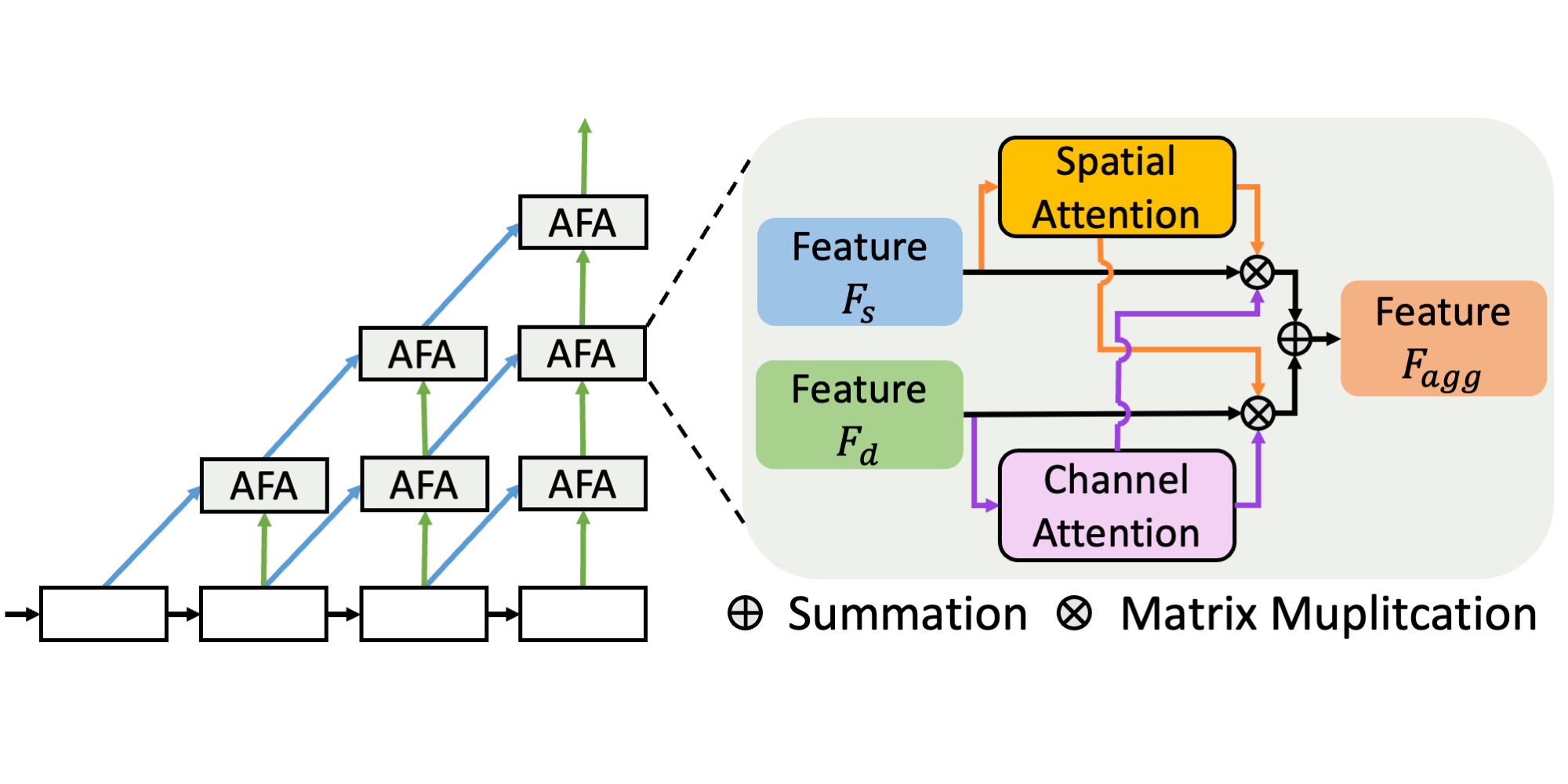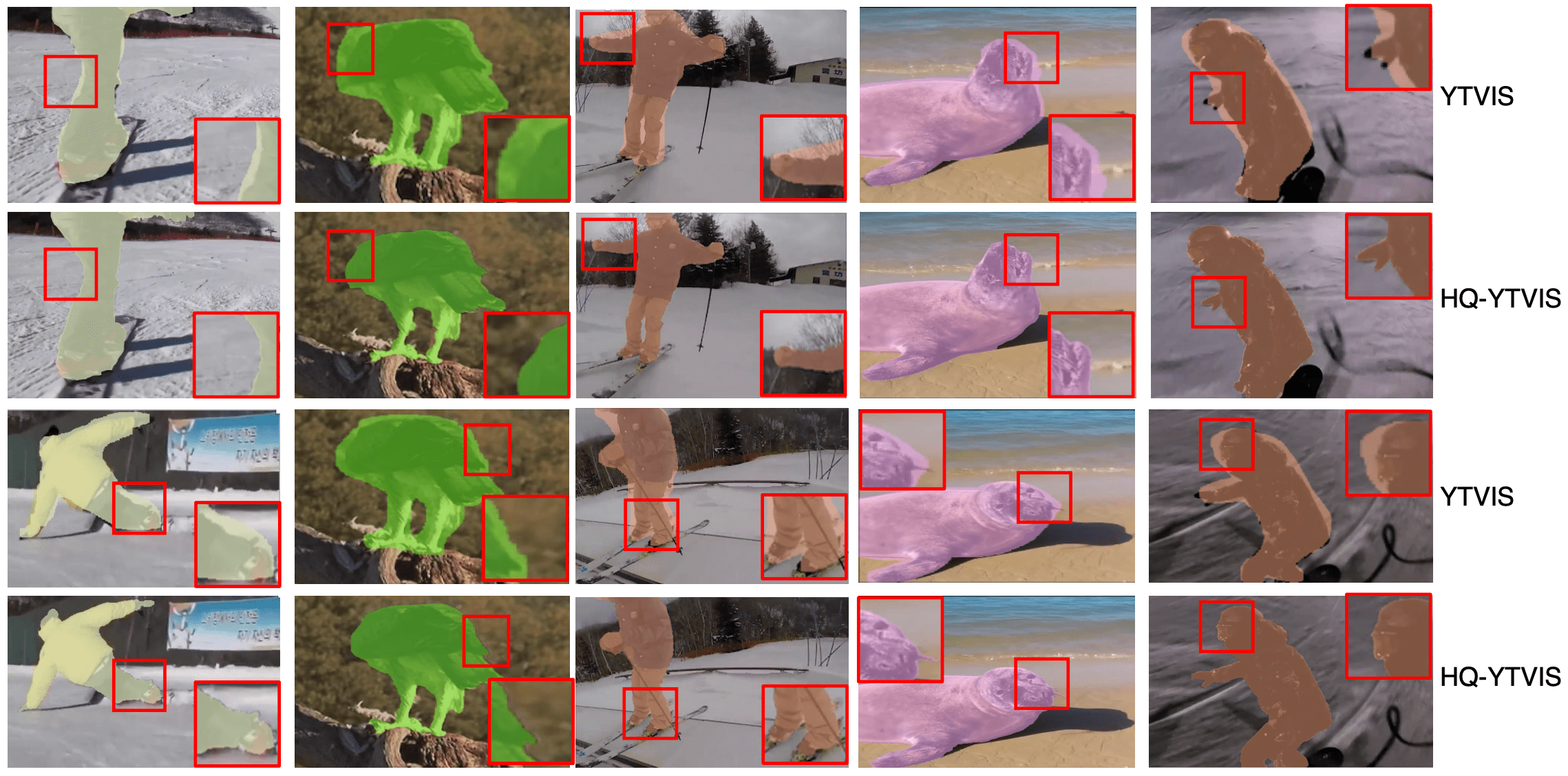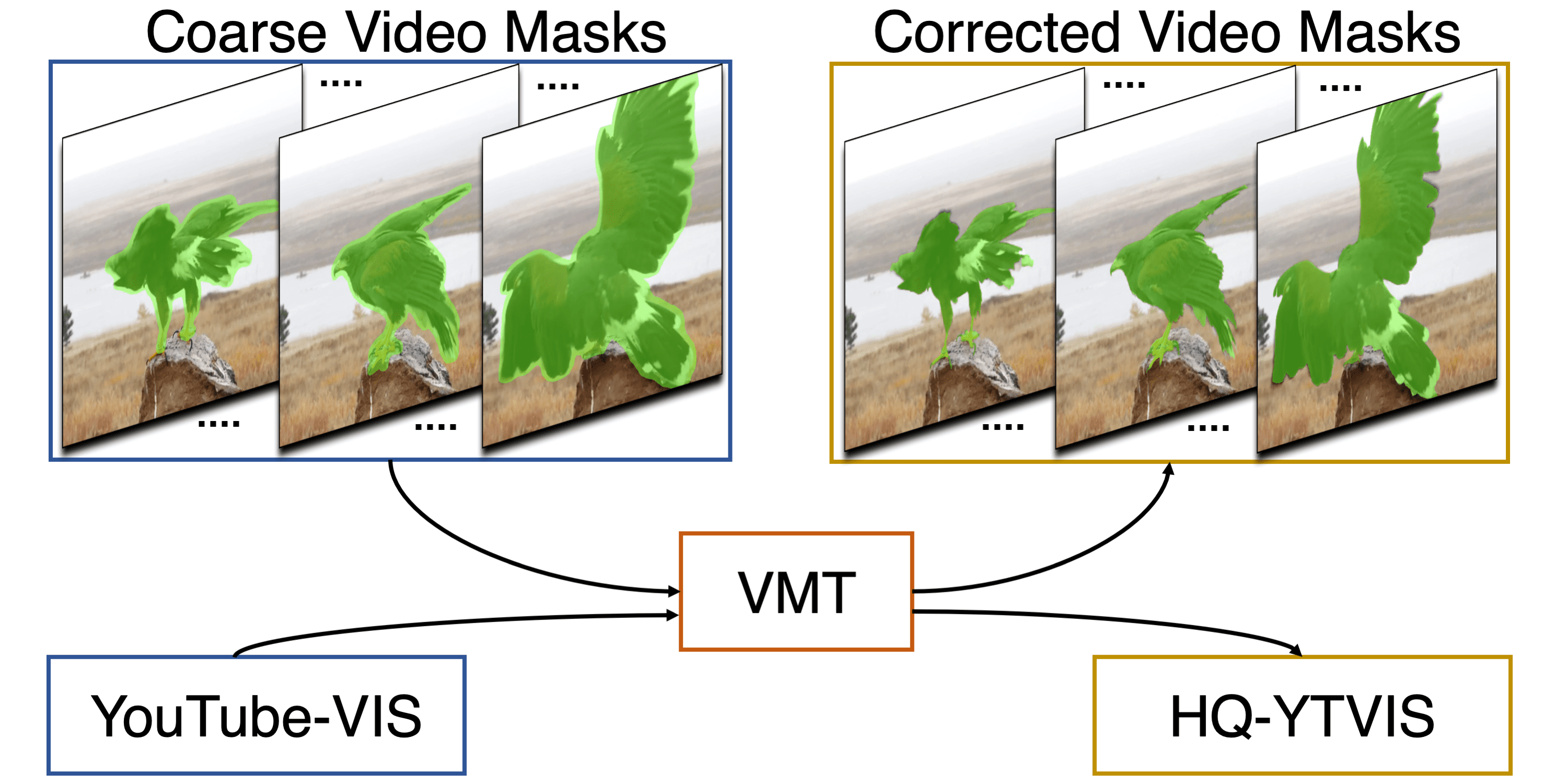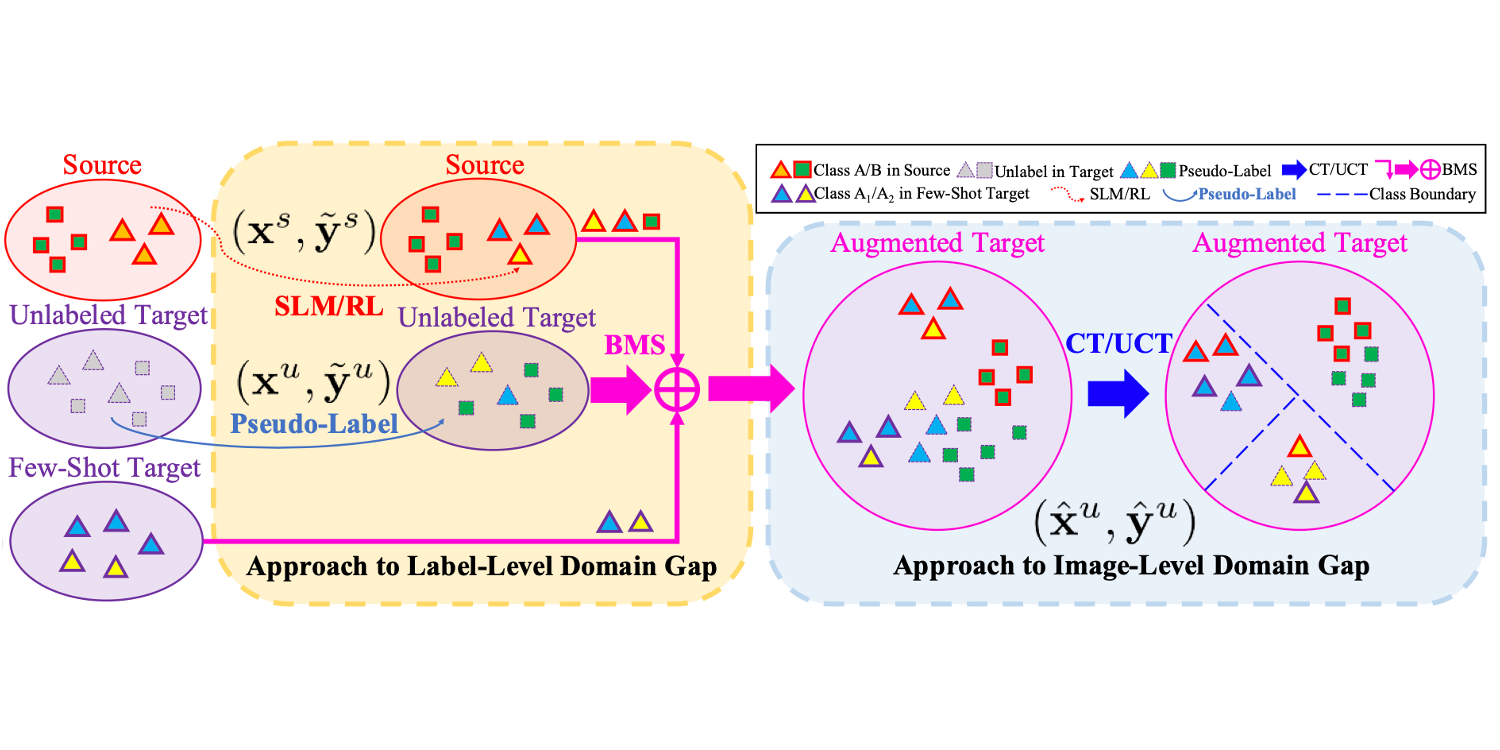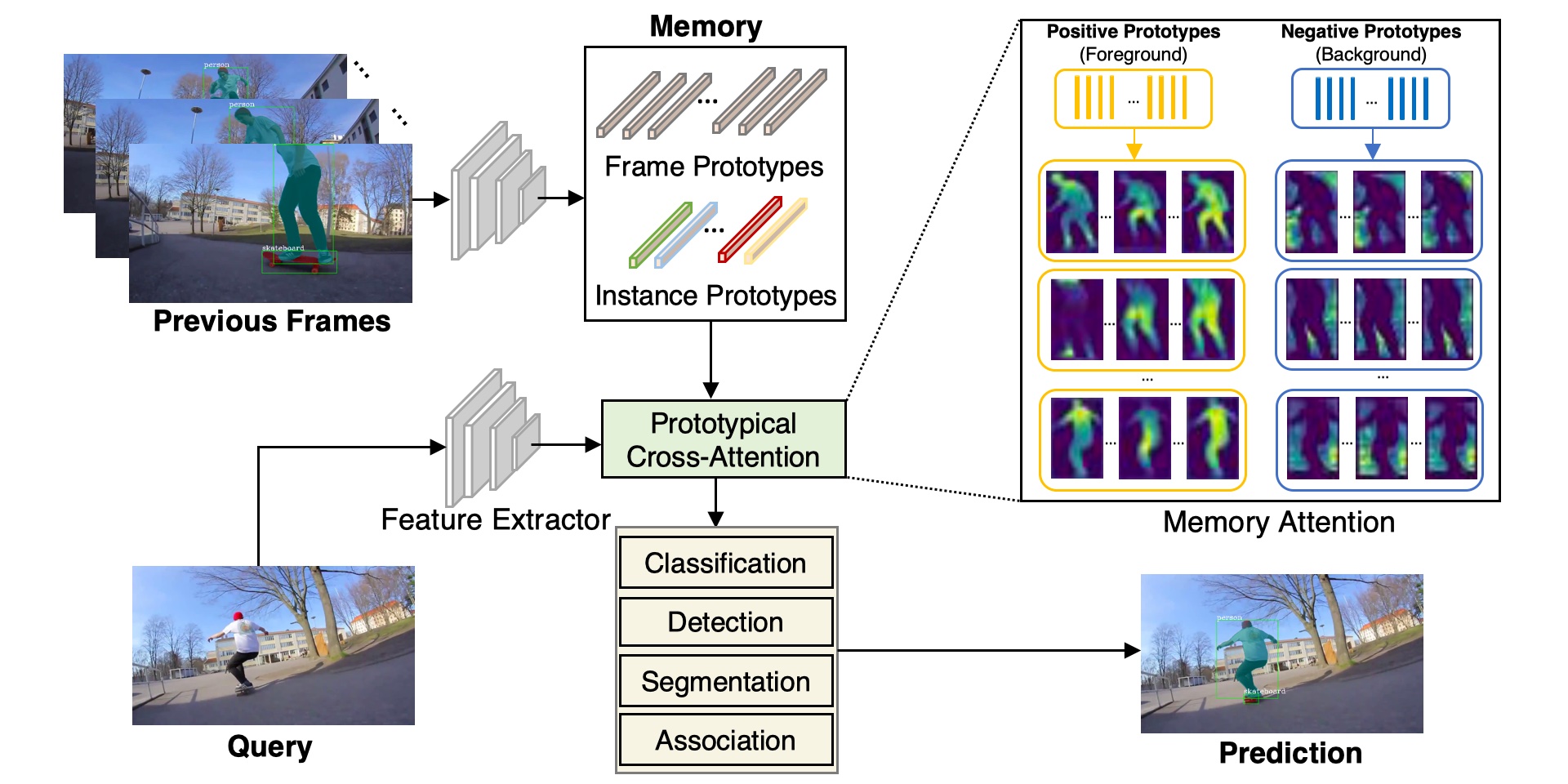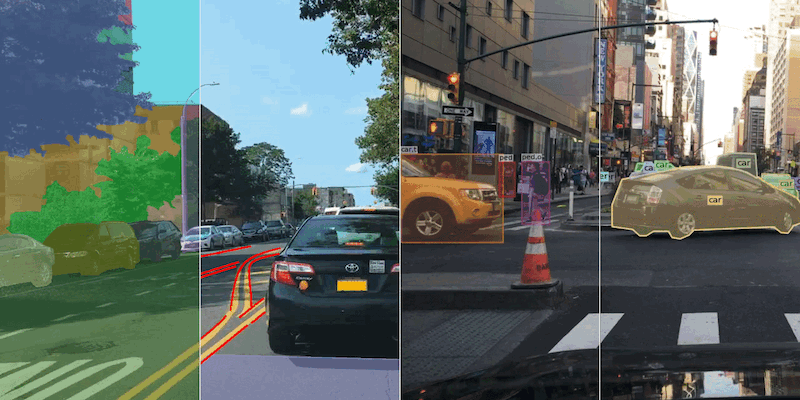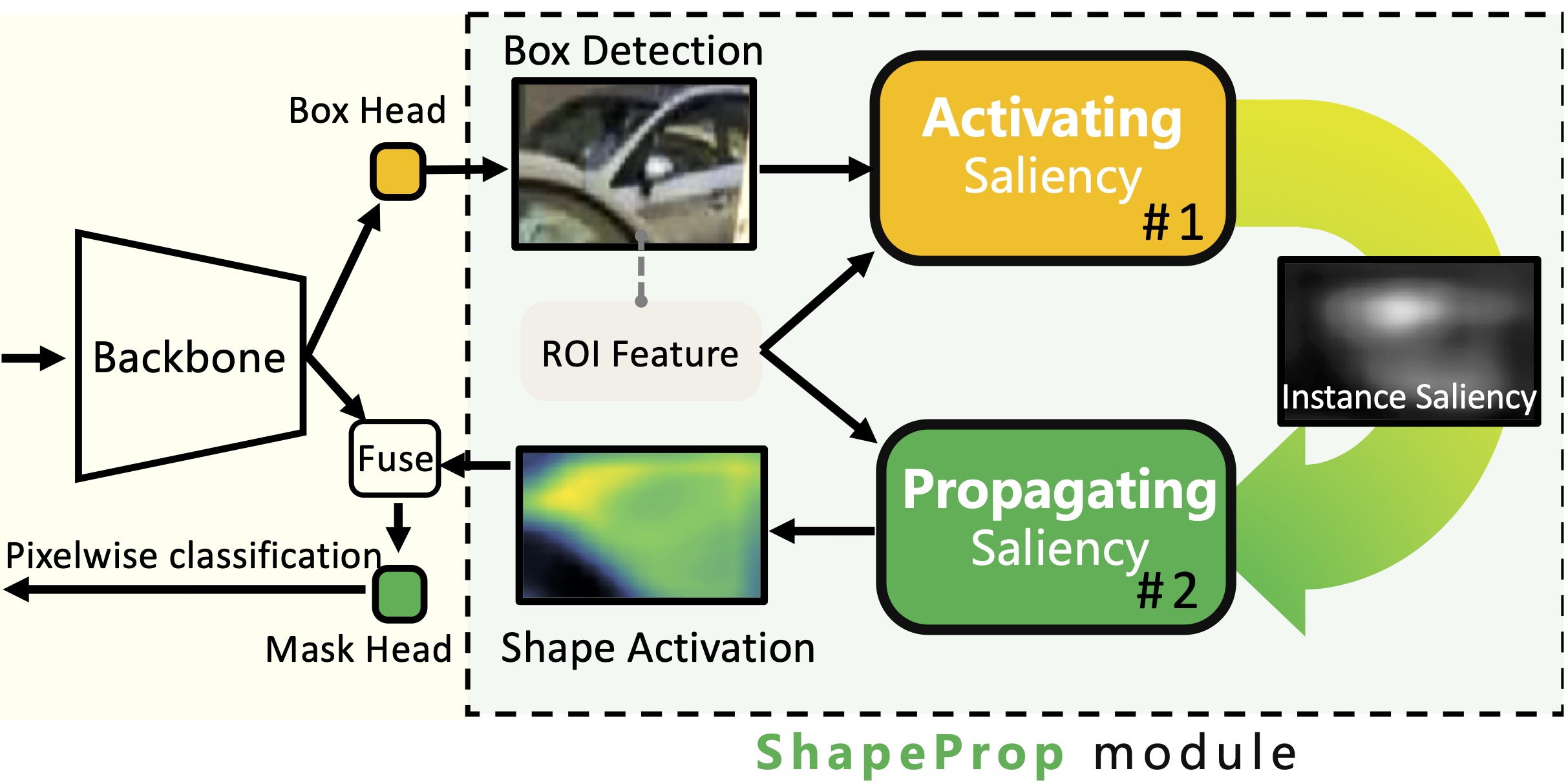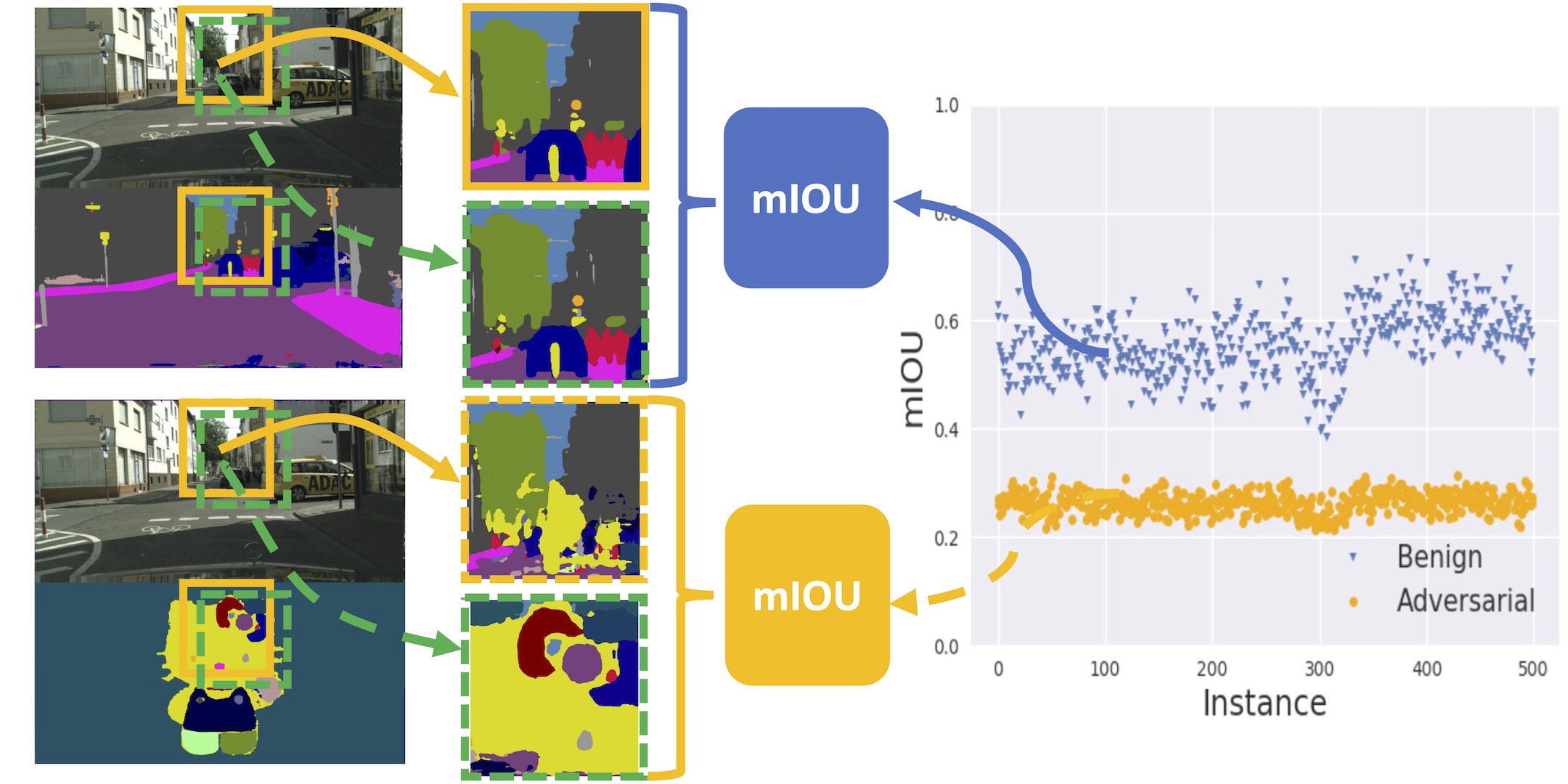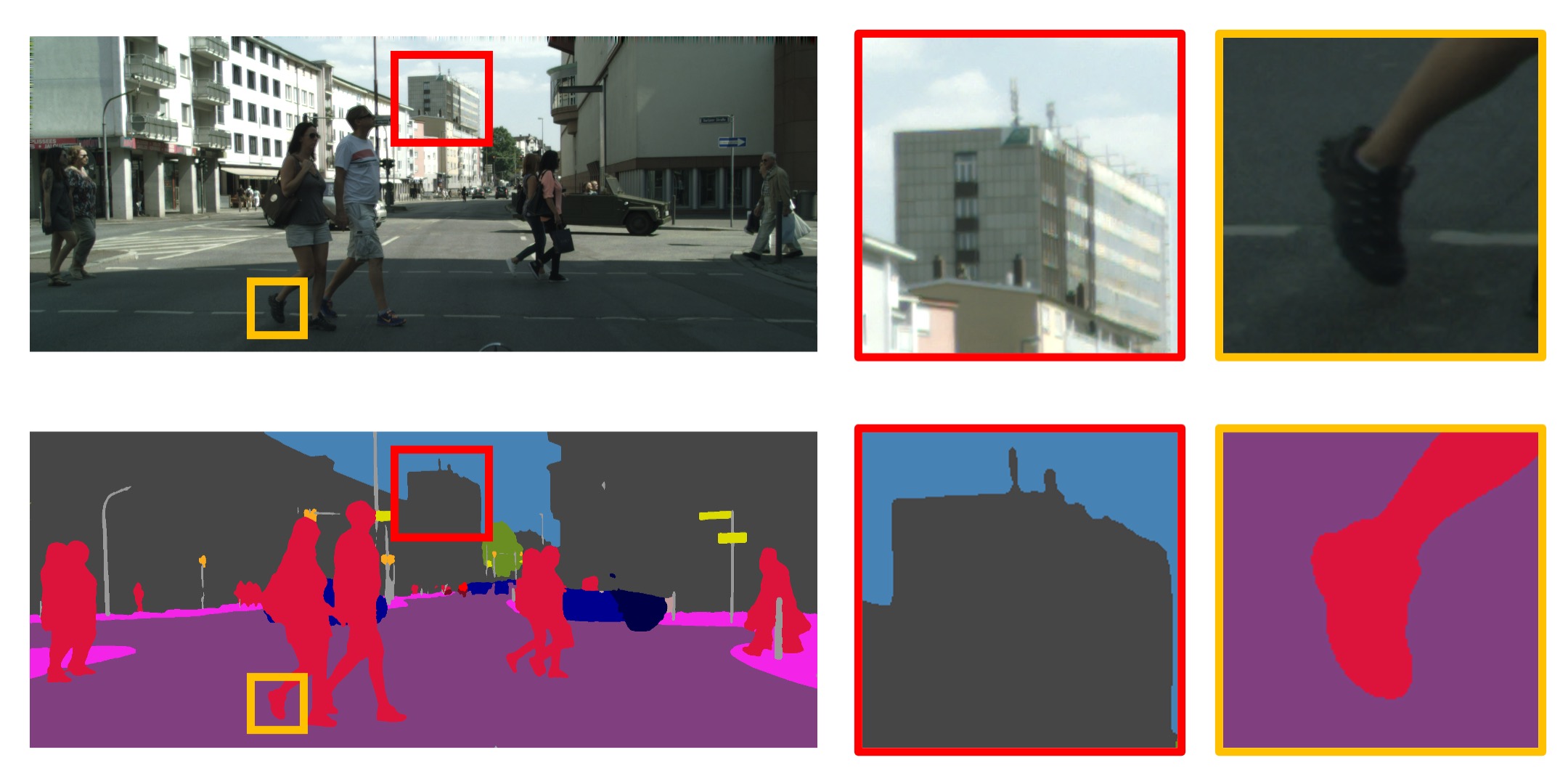Abstract
Current semantic segmentation methods focus only on mining “local” context, i.e., dependencies between pixels within individual images, by context-aggregation modules (e.g., dilated convolution, neural attention) or structure-aware optimization criteria (e.g., IoU-like loss). However, they ignore “global” context of the training data, i.e., rich semantic relations between pixels across different images. Inspired by the recent advance in unsupervised contrastive representation learning, we propose a pixel-wise contrastive framework for semantic segmentation in the fully supervised setting. The core idea is to enforce pixel embeddings belonging to a same semantic class to be more similar than embeddings from different classes. It raises a pixel-wise metric learning paradigm for semantic segmentation, by explicitly exploring the structures of labeled pixels, which were rarely explored before. Our method can be effortlessly incorporated into existing segmentation frameworks without extra overhead during testing. We experimentally show that, with famous segmentation models (i.e., DeepLabV3, HRNet, OCR) and backbones (i.e., ResNet, HR-Net), our method brings consistent performance improvements across diverse datasets (i.e., Cityscapes, PASCAL-Context, COCO-Stuff, CamVid). We expect this work will encourage our community to rethink the current de facto training paradigm in fully supervised semantic segmentation.
Paper
| Wenguan Wang, Tianfei Zhou, Fisher Yu, Jifeng Dai, Ender Konukoglu, Luc Van Gool Exploring Cross-Image Pixel Contrast for Semantic Segmentation ICCV 2021 Oral |
Code

github.com/tfzhou/ContrastiveSeg
Citation
@inproceedings{wang2021exploring,
title = {Exploring Cross-Image Pixel Contrast for Semantic Segmentation},
booktitle = {Proceedings of the IEEE/CVF International Conference on Computer Vision (ICCV)},
author = {Wang, Wenguan and Zhou, Tianfei and Yu, Fisher and Dai, Jifeng and Konukoglu, Ender and Van Gool, Luc},
year = {2021},
}
